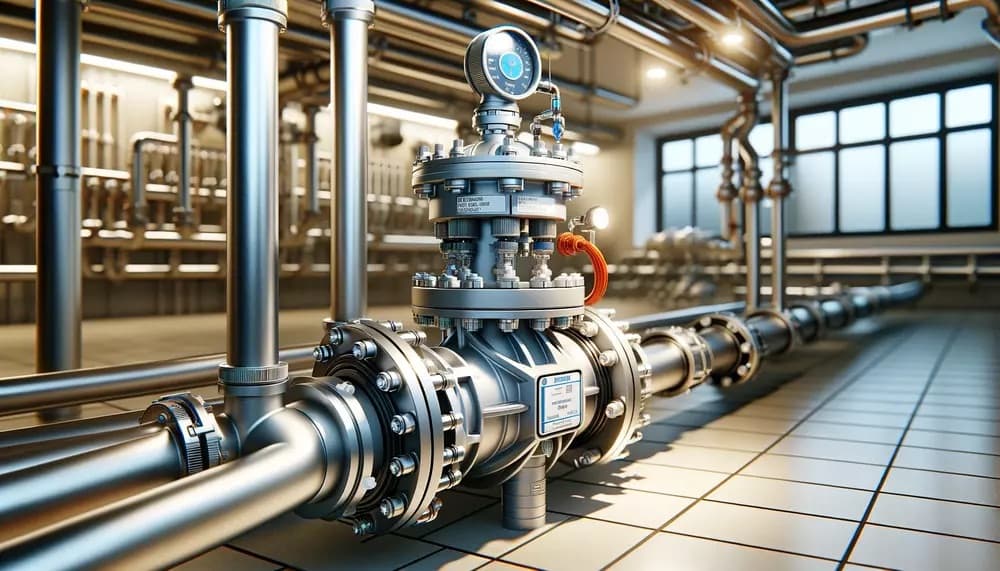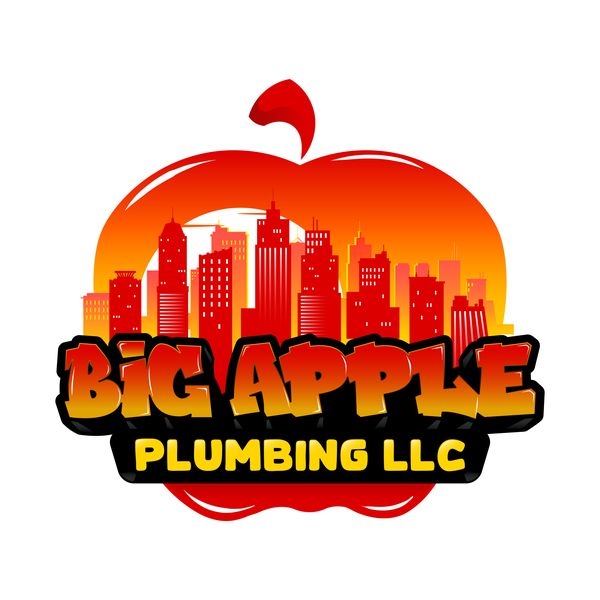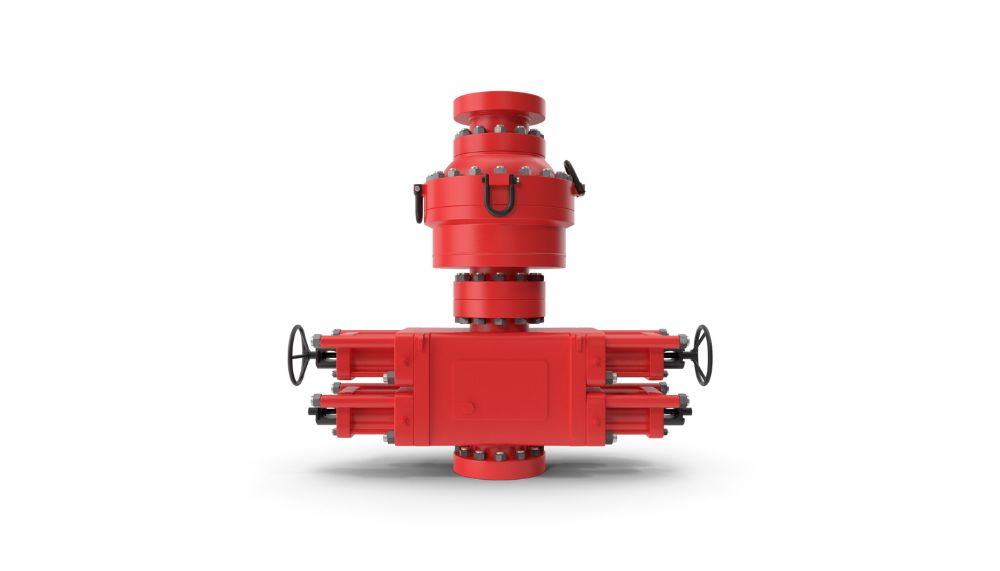Backflow is one of the most feared phenomena in the plumbing world. This phenomenon, in which sewage or water finds its way back into the pure water system, may cause expensive property and infrastructure damage, in addition to posing major health hazards. Sewer backflow preventers have emerged as a dependable and crucial part of any plumbing system, thanks to the development of efficient backflow prevention solutions made possible by technological breakthroughs in plumbing. In this in-depth tutorial, we’ll dive into the world of sewer backflow preventers, covering their features, advantages, and why they’re a reliable option for backflow protection.
Understanding Backflow
It’s important to comprehend backflow in general before delving into sewer backflow preventer details. Backflow is the inadvertent reversal of water flow in a plumbing system that allows polluted water from sources, including irrigation systems, sewage lines, and industrial operations, to seep into the clean water supply. Back siphonage, back pressure, or a decrease in water pressure are some of the causes of this reversal.
Backflow may have serious repercussions, including contaminated water and the spread of dangerous viruses and toxins. Additionally, it can lead to sewer line odors, a common and unpleasant issue often associated with backflow problems. These odors not only create an uncomfortable environment but can also indicate the presence of harmful substances in the water system. Therefore, preventing backflow is critical to maintaining the integrity and safety of the water supply as well as ensuring a pleasant and odor-free environment in residential, commercial, and industrial contexts.
Enter the Sewer Backflow Preventer
The sewer backflow preventer is at the forefront of backflow prevention technology. This creative device is made especially to stop the flow of sewage and water in the opposite direction, maintaining the water supply’s purity and preventing pollution.
How Sewer Backflow Preventers Work
Sewer backflow preventers have a straightforward, efficient design. They allow water to flow only one way. They block water from flowing backward. This is done using valves and other mechanisms. These devices are placed in key areas of the plumbing system. This includes sewage lines linked to municipal sources or homes. They are installed where backflow is most likely.
The sewer backflow preventer’s valves stay open to provide unhindered passage when water flows in the desired direction. On the other hand, the valves instantly shut in the case that the water flow reverses, erecting a barrier to stop tainted water from getting into the clean water supply.
Similar Read: Ensuring Proper Sewer Pipe Installation
Types of Sewer Backflow Preventers

Sewer backflow preventers come in a myriad of types, each suited to specific applications as well as scenarios:
Check Valve Backflow Preventers: These simple yet efficient devices let water flow exclusively in one direction, using a straightforward check valve mechanism. The check valve shuts to prevent the reverse flow of water when it tries to do so, preventing pollution.
Pressure Vacuum Breakers (PVB): PVBs are often used in outdoor plumbing applications and irrigation systems. They function by creating an air space that prevents backflow in the case of a decrease in water pressure.
Double Check Valve Assemblies (DCVA): Double check valve assemblies offer enhanced backflow protection with two check valves in series. Commercial and industrial settings, where strict backflow measures are crucial, commonly use them.
Reduced Pressure Zone Assemblies (RPZ): Reduced pressure zone assemblies offer the best defense against backflow. Their intricate configuration of valves and chambers creates several barriers against reverse flow, making them ideal for high-risk settings like medical institutions, labs, and chemical processing plants.
Benefits of Sewer Backflow Preventers
Getting a sewer backflow preventer installed by a professional can offer a multitude of benefits, including:
Protection of Water Quality: Sewer backflow preventers play a key role in protecting water quality. They keep contaminated water from entering the clean water supply. This helps preserve the quality and purity of drinking water.
Regulation Compliance: To ensure adherence to water safety regulations, several local governments and regulatory agencies require the installation of backflow prevention tools in certain locations. Property owners can comply with these regulations and avoid trouble by installing sewer backflow preventers.
Cost Savings: Backflow events may entail significant expenditures related to cleaning, repairs, and potential legal consequences. Sewer backflow preventers are an investment that property owners can make to reduce these risks and ultimately save money.
Peace of Mind: Property owners can feel secure in the safety of their plumbing system, knowing that their water supply is safeguarded against backflow.
Upkeep
Sewer backflow preventers work best when they are installed correctly and regularly maintained. The installation procedure should be carried out by qualified plumbing specialists to guarantee that the equipment is installed and set for optimal results. To find any possible problems and confirm that the backflow preventers are operating as intended, regular testing and inspections are also required.
Final Words On Backflow Preventer
Sewer backflow preventers are reliable and effective. They combat backflow effectively. These devices use valves and mechanisms to stop water and sewage from flowing backward. This protects the purity and integrity of the water supply. Their installation can lead to cost savings over time. They also help in meeting regulatory standards. Property owners gain peace of mind, knowing their water is safe. This is true for residential, commercial, and other properties. As water safety becomes more important, these preventers remain a trusted choice in plumbing systems.
Big Apple Plumbing can provide expert installation of sewer backflow preventers in Westminster, CO, ensuring your property’s water supply remains safe and compliant. Our maintenance services guarantee that your backflow preventer continues to function optimally, offering you peace of mind against the threat of contamination.


